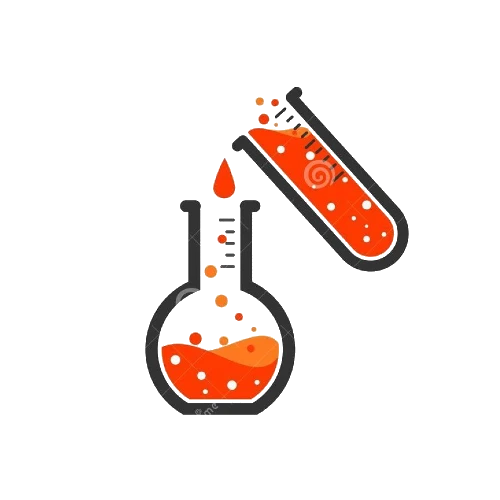Introduction:
Microbiology instruments play a critical role in ensuring product quality and patient safety in pharmaceutical manufacturing. Risk assessment of these instruments is essential to identify potential failures, contamination sources, and compliance gaps that could impact test reliability or data integrity. This systematic evaluation helps prioritize risks based on severity, occurrence, and detectability, ensuring appropriate control measures are implemented. It aligns with regulatory expectations (e.g., WHO, FDA, EU-GMP) and supports robust contamination control and data-driven decision-making.
- Risk Assessment for Autoclave
- Risk Assessment for Laminar Air Flow
- Risk Assessment for BOD Incubator
- Risk Assessment for Colony Counter
- Risk Assessment for Microscope
- Risk Assessment for Air Borne Particle Counter
- Risk Assessment for Fogger
The primary goals of this risk assessment are to:
- Ensure the reliability and accuracy of microbiological test results.
- Prevent cross-contamination and maintain aseptic conditions.
- Identify critical control points in instrument operation and maintenance.
- Support data integrity by minimizing human error and equipment malfunction.
- Comply with regulatory requirements including cGMP, ISO 17025, FDA 21 CFR Part 11, and EU-GMP Annex 1.
The risk assessment process typically follows methodologies such as Failure Mode and Effects Analysis (FMEA), 5M (Man, Machine, Material, Method, Mother Nature), or HACCP-based principles. Risks are assessed based on severity, occurrence, and detectability, and are then classified into categories (high, medium, low) to determine appropriate mitigation strategies, including preventive maintenance, calibration, qualification (IQ/OQ/PQ), training, and SOP enhancements.
This assessment is essential not only during equipment procurement and qualification but also throughout the instrument lifecycle, especially after any significant change, deviation, or audit observation. Effective risk control ensures the microbiology lab operates within validated, safe, and compliant parameters, thereby safeguarding both the product and the patient.





